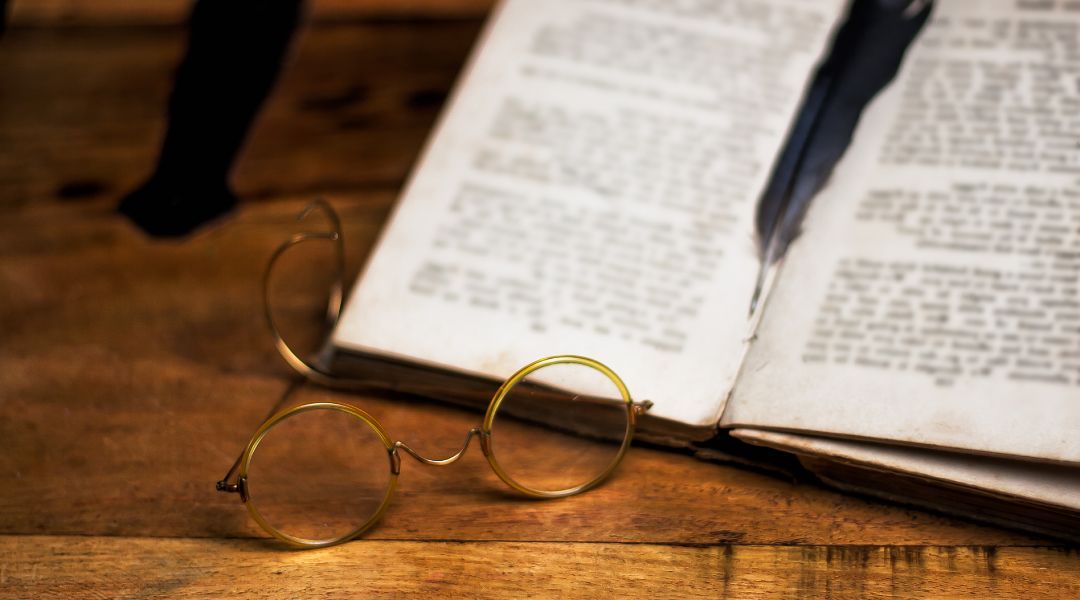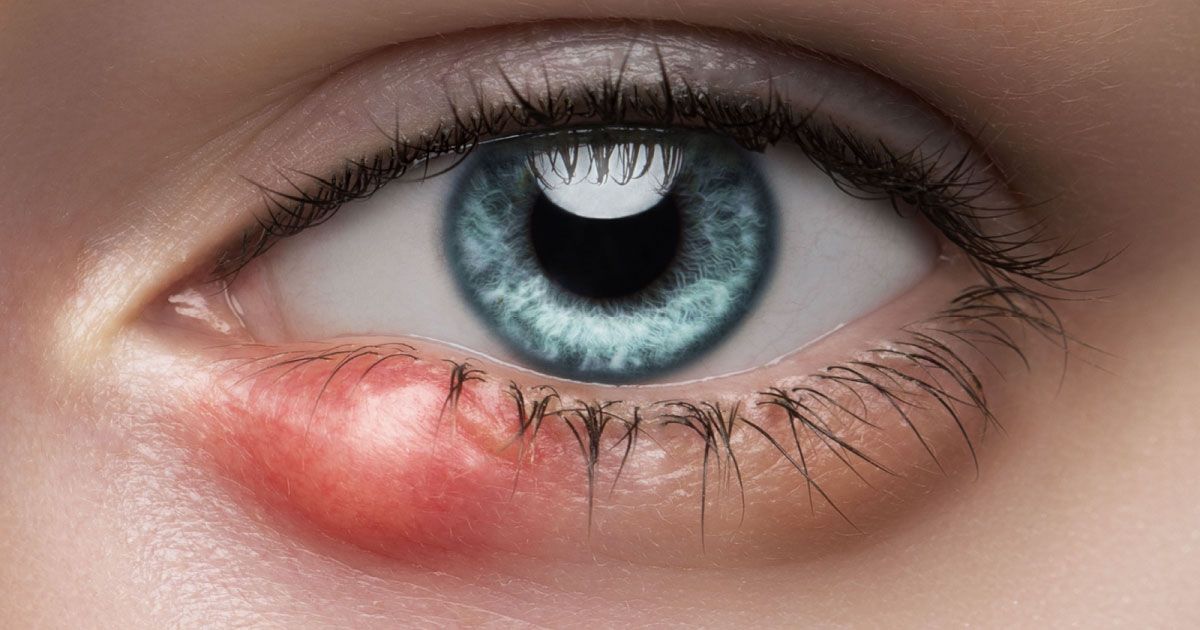The History of Glasses: An Evolution in Technology & Sight

Read time: 5 minutes
The history of glasses is a captivating journey through time, weaving together technological advancements, cultural shifts, and the relentless pursuit of clearer vision. From humble beginnings to sleek, high-tech designs, the evolution of eyewear mirrors the progress of human civilization. Join us as we explore the intriguing narrative of how glasses transformed from rudimentary tools to sophisticated fashion accessories.
Antiquity and the Birth of Vision Aids (5th Century BC - 13th Century AD)
The origins of glasses can be traced back to ancient civilizations. Around the 5th century BC, the Romans and Greeks began using glass to enhance their vision. These early prototypes lacked the refinement of contemporary eyewear, often consisting of rudimentary magnifying glasses - simple spheres filled with water. This primitive form of magnification marked the humble beginnings of a technology that would later revolutionize the way we perceive the world.
Fast forward to the 13th century, and we find the first documented evidence of wearable glasses. Crafted in Italy, these glasses featured convex lenses set in bone, metal, or leather frames. Initially, glasses were primarily a practical tool for the elderly or those with visual impairments, reflecting the rudimentary understanding of optics during this era.
The Renaissance: A Spectacular Leap Forward (14th Century - 17th Century)
The Renaissance ushered in a period of enlightenment, not only in art and science but also in the world of optics. During the 14th to 17th centuries, glasses underwent a significant transformation. Innovators like Salvino D'Armate are credited with introducing hinged temples, allowing wearers to fold their glasses for convenience.
This era also witnessed the emergence of concave lenses for nearsightedness and convex lenses for farsightedness, showcasing a deeper understanding of optics. Glasses transitioned from being solely utilitarian to a symbol of intellect and sophistication. The affluent class began using glasses not only for vision correction but also as a fashion statement, setting the stage for the evolution of eyewear as both a functional and aesthetic accessory.
Industrial Revolution and Mass Production (18th Century - 19th Century)
The Industrial Revolution marked a turning point in the history of glasses, bringing mass production and standardization to eyewear. In the 18th century, Benjamin Franklin's bifocals made their debut, catering to individuals with both near and farsightedness. This ingenious design laid the foundation for multifocal lenses, a common feature in contemporary eyeglasses.
As technology advanced, the production of lenses became more precise. The introduction of the grinding machine in the 19th century allowed for the accurate shaping of lenses, enhancing optical quality. The increased accessibility of eyewear during this period meant that glasses were no longer limited to the elite, becoming an essential tool for people across various social strata.
The 20th Century: Fashion Meets Function
The 20th century witnessed a fusion of fashion and function in the world of eyewear. The iconic cat-eye glasses of the 1950s became synonymous with elegance and femininity, while the bold, oversized frames of the 1980s reflected a sense of individuality and rebellion.
Technological advancements continued to shape the industry. Plastic frames, introduced in the mid-20th century, revolutionized the manufacturing process, offering durability and a broader range of design possibilities. Additionally, the development of lightweight materials like titanium made glasses more comfortable for prolonged wear.
In the latter half of the century, contact lenses emerged as a viable alternative to traditional eyeglasses. The quest for convenience spurred innovations in lens materials and designs, providing wearers with a choice beyond conventional frames.
The Digital Age: Smart Glasses and Beyond (21st Century)
The 21st century brought a wave of technological innovation to the eyewear industry. Smart glasses, equipped with augmented reality capabilities, opened new frontiers in both functionality and style. Companies like Google and Apple integrated digital displays into eyeglass lenses, creating a seamless blend of the virtual and physical worlds.
Advancements in lens technology also addressed longstanding issues such as glare and reflections. Anti-reflective coatings became standard, enhancing visual clarity and reducing eye strain in various lighting conditions. Photochromic lenses, capable of adapting to changing light conditions, added a layer of versatility to eyewear.
Future Horizons: Augmented Reality, Biometrics, and Beyond
Looking ahead, the future of glasses holds even more exciting possibilities. Augmented reality (AR) is expected to play a pivotal role, with smart glasses evolving into immersive platforms for communication, navigation, and entertainment. Biometric sensors integrated into eyewear may provide health monitoring capabilities, ushering in a new era of personalized well-being.
Materials science continues to contribute to lighter, more durable frames, while 3D printing technology offers the potential for enhanced sustainability and bespoke, tailor-made eyewear. The intersection of fashion, technology, and health promises a dynamic landscape for eyewear in the years to come.
The Takeaway
From ancient magnifying glasses to futuristic augmented reality devices, the history and evolution of glasses reflect not only our understanding of optics but also the cultural, social, and technological shifts throughout the ages. What began as a simple tool for vision correction has become a sophisticated accessory, seamlessly blending style and functionality. The journey of glasses is far from over; it continues to unfold with each passing year, shaping the way we see and interact with the world. We look forward to witnessing the continued innovation and transformation of eyewear on the horizon.
We invite you to discover the essence of this rich legacy at Urban Optiks Optometry, the premiere optical boutique in San Diego. Our curated collection of luxury eyewear seamlessly marries the timeless elegance of historical designs with the cutting-edge technology of today. Each handcrafted frame pays homage to the craftsmanship of bygone eras, offering a unique blend of style, comfort, and optical excellence. Urban Optiks Optometry is not just a provider of stylish accessories; we are a bridge to the future of eyewear. We invite you to shop our entire collection of in-stock eyewear today and embrace the perfect fusion of tradition and innovation.
The information provided in this article is intended for general knowledge and educational purposes only and should not be construed as medical advice. It is strongly recommended to consult with an eye care professional for personalized recommendations and guidance regarding your individual needs and eye health concerns.
All of Urban Optiks Optometry's blog posts and articles contain information carefully curated from openly sourced materials available in the public domain. We strive to ensure the accuracy and relevance of the information provided. For a comprehensive understanding of our practices and to read our full disclosure statement, please click here.
OUR LATEST POSTS
© Urban Optiks Optometry, Inc. 2009-2025
All Rights Reserved
Location
The Cairo Building
3788 Park Blvd, Suite 5
San Diego, CA 92103
Phone: 619.683.2020
Text: 619.683.2020
Fax: 619.683.2111
Email: info@uoosd.com
Hours
Monday: 9 am – 7 pm
Tuesday: 9 am – 6 pm
Wednesday: 9 am – 6 pm
Thursday: 9 am – 7 pm
Friday: 9 am – 6 pm
Saturday: 9 am – 5 pm
Sunday: Closed


















